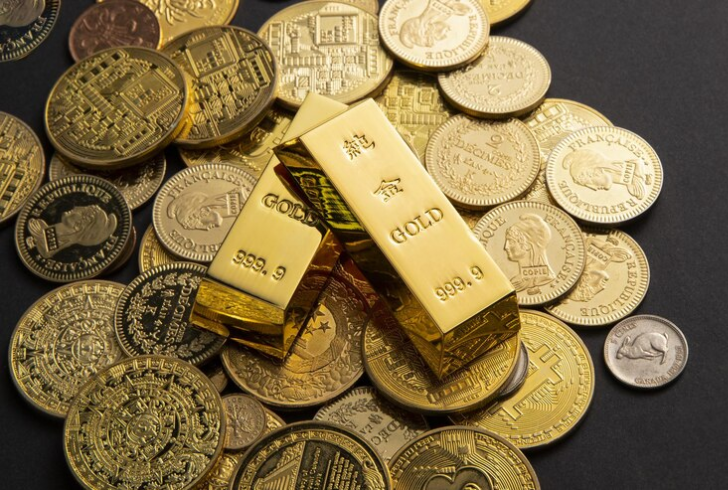Gold prices dipped slightly on Friday but still achieved their third consecutive weekly increase. Investors continued to focus on inflation data, dovish comments from the Federal Reserve, and speculation around President-elect Donald Trump’s upcoming policies. These factors have reinforced gold’s appeal as both a hedge against inflation and a safe haven during uncertain economic times.
Weekly Gold Trends Reflect Market Dynamics

Spot gold fell by 0.3%, settling at $2,706.71 per ounce as of 0941 GMT. Despite the drop, the metal gained 0.6% over the week. Similarly, U.S. gold futures dropped 0.7%, closing at $2,732.00. Analysts attribute these fluctuations to softer U.S. economic data and growing expectations of rate cuts.
Zain Vawda, a market analyst at MarketPulse by OANDA, explained, “Gold received significant support this week due to weaker U.S. inflation figures, including the PPI and CPI, along with remarks from Federal Reserve policymakers.” Persistent uncertainty surrounding the economic outlook for 2025 also bolstered gold’s safe-haven appeal.
Inflation Data Fuels Speculation on Rate Cuts
U.S. inflation data released earlier this week showed lower-than-expected core inflation, prompting speculation that the Federal Reserve might cut interest rates. Traders now see nearly even odds of two rate cuts by the end of the year. Adding to this sentiment, Federal Reserve Governor Christopher Waller suggested that three or even four rate cuts could happen if economic conditions worsen further.
Gold, often viewed as a hedge against inflation, benefits during times of economic uncertainty. Lower interest rates also make the metal more attractive, as they reduce the cost of holding non-yielding assets like gold.
Trump’s Policies Add to Market Anticipation
The upcoming policies of President-elect Donald Trump have become another critical focus for investors. With his inauguration approaching on Jan. 20, his proposed trade tariffs and fiscal measures are expected to influence inflation trends. Higher inflation could lead to fewer or shallower rate cuts, which would still provide a supportive environment for gold investments.

ANZ analysts commented, “While rising inflation risks may limit rate cuts, they also create conditions for steady or lower real rates, which favor gold investment.” Analysts further predicted a reversal in exchange-traded fund (ETF) flows, expecting them to turn positive after years of outflows.
Global Gold Demand Shows Variations
In India, a leading gold consumer, domestic demand weakened due to rising local prices. Discounts on gold widened to their highest levels in six months as jewelers held back purchases while awaiting the annual federal budget.
Other precious metals showed mixed results. Spot silver dropped by 0.9% to $30.49 per ounce, while palladium eased 0.5% to $936.31. Platinum saw a slight rise of 0.6% to $937.50, although it remained on track for its worst weekly performance since November.
Why Gold Remains Resilient Amid Economic Uncertainty
Gold’s consistent gains highlight its enduring appeal as a safe-haven asset. Lower interest rates, combined with inflationary pressures, create favorable conditions for gold investments. With economic and geopolitical uncertainties continuing to influence markets, analysts expect gold to remain a preferred choice for investors seeking stability.
As the 2025 economic landscape unfolds, gold’s performance will likely reflect broader market trends. Its ability to weather inflationary pressures and fluctuating interest rates underscores its importance in a diversified investment strategy.
